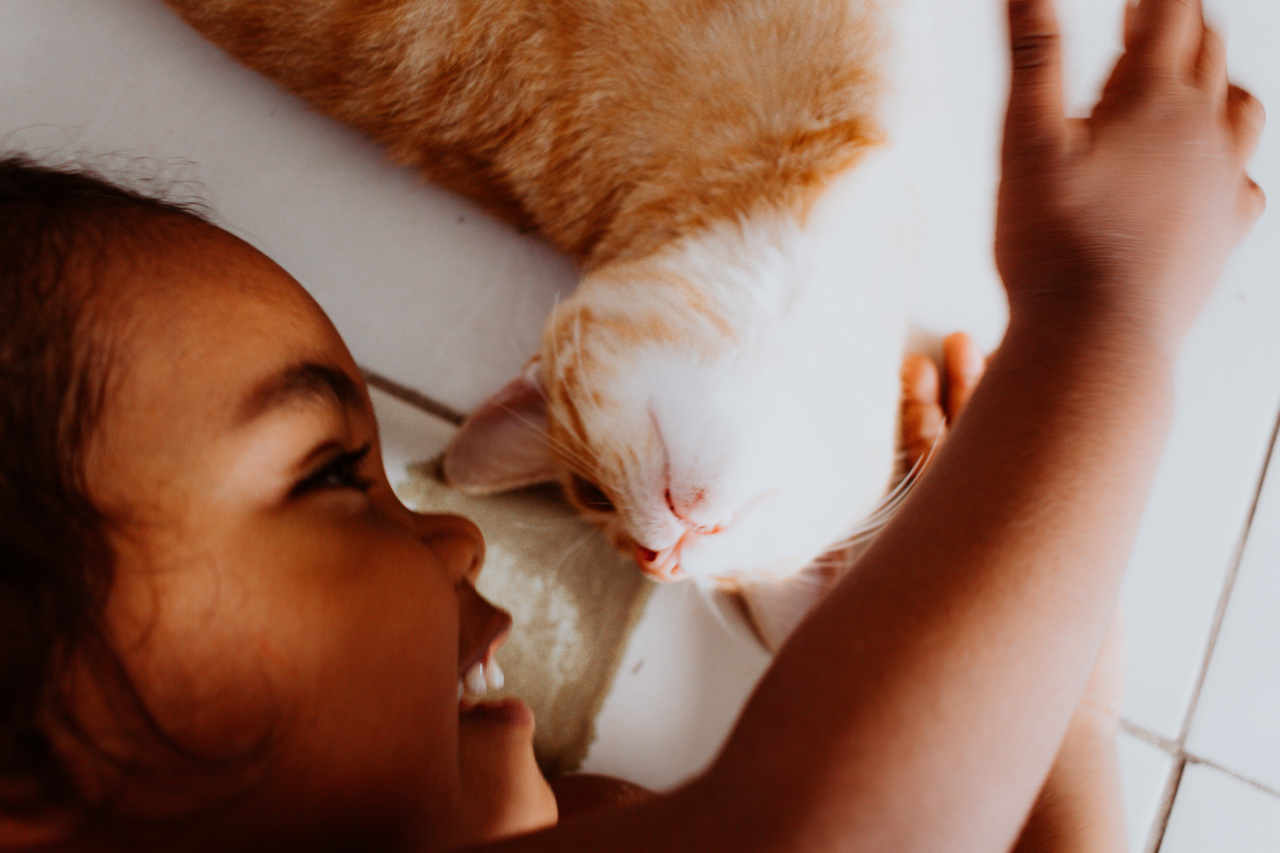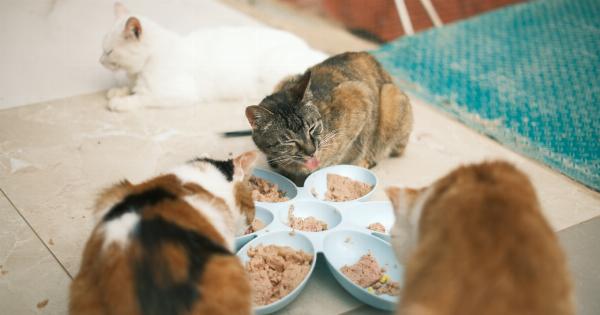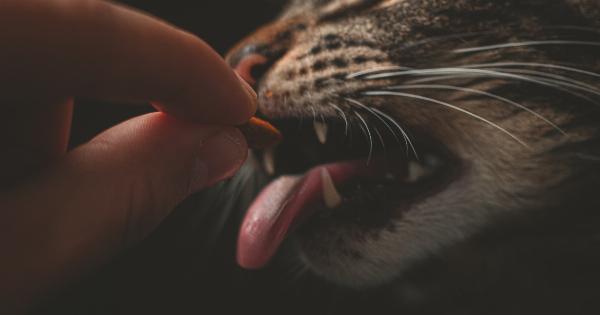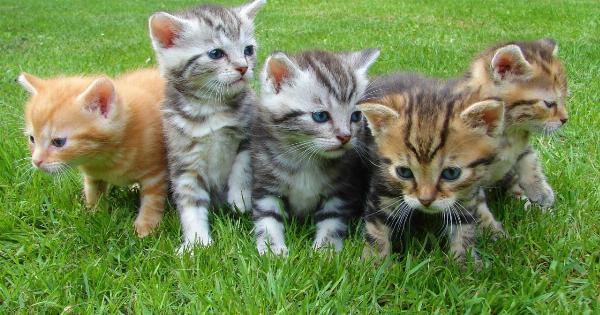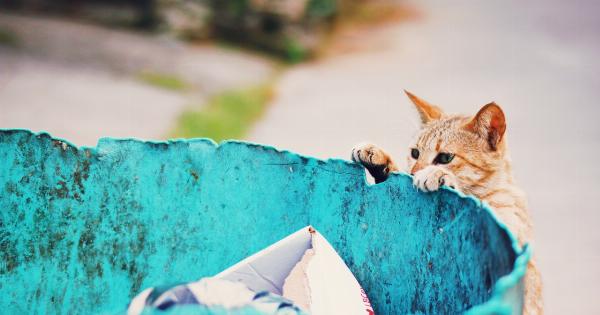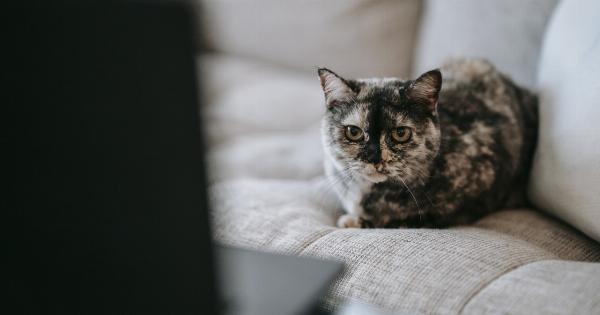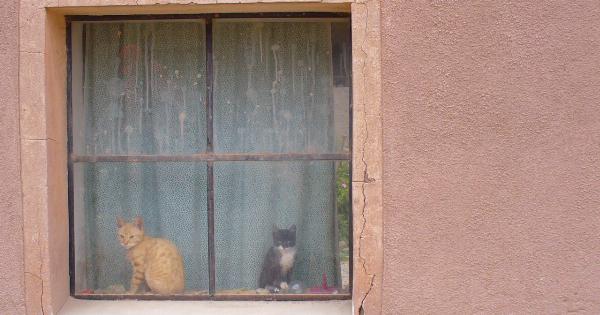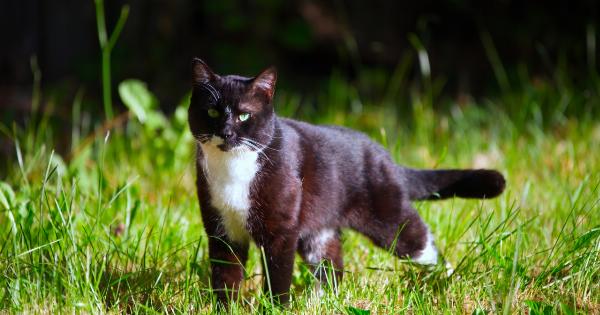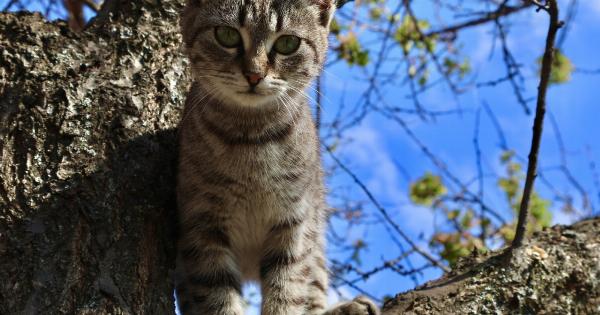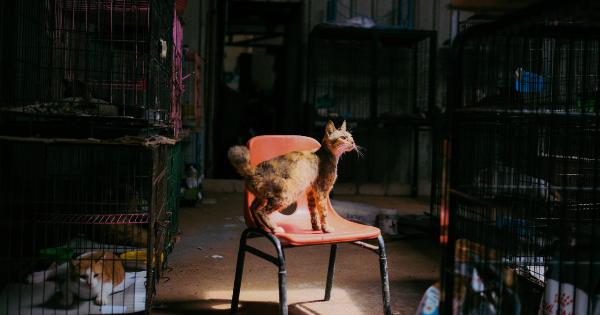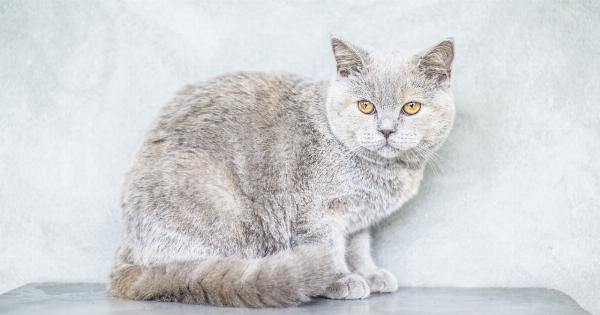It’s no secret that cats can be a bit on the finicky side when it comes to food.
But did you know that after being spayed or neutered, cats tend to pack on the pounds? Known as “post-spay/neuter obesity”, this is a common side effect of sterilization in cats. Read on to learn why this happens and what you can do to prevent it.
What Causes Post-Spay/Neuter Obesity in Cats?
As it turns out, the hormonal changes that occur after a cat is spayed or neutered can have a significant impact on their appetite and metabolism.
After being sterilized, cats no longer produce the same hormone levels as intact cats, and their metabolism slows down. This means that they need less food to maintain their weight, yet they still feel hungry.
Additionally, cats that are spayed or neutered tend to become less active, which can further contribute to weight gain. Many cats also become bored and turn to food for stimulation, leading to overeating.
How to Prevent Post-Spay/Neuter Obesity in Cats
The good news is that there are steps you can take to prevent your cat from becoming overweight after being spayed or neutered. Here are a few tips to help keep your feline friend at a healthy weight:.
1. Monitor Your Cat’s Food Intake
To prevent overeating, it’s important to monitor your cat’s food intake closely. Be sure to measure out their food carefully and stick to a regular feeding schedule.
Avoid free-feeding, where food is available to your cat at all times, as this can lead to overeating.
2. Choose a High-Quality Cat Food
Selecting a high-quality cat food that is appropriate for your cat’s age, breed, and weight can make a significant difference in their overall health.
Look for a food that is nutrient-dense and provides appropriate amounts of protein, fat, and carbohydrates.
3. Encourage Exercise and Playtime
To help keep your cat active, provide plenty of opportunities for playtime and exercise. This can be as simple as providing them with toys to play with or encouraging them to chase a laser pointer.
You can also try taking your cat on walks if they are willing to tolerate a harness and leash.
4. Provide Mental Stimulation
Many cats become bored when left alone for long periods of time, which can lead to overeating. To prevent this, provide your cat with plenty of mental stimulation.
This can include puzzle feeders, treat-dispensing toys, and other interactive toys that require your cat to work for their food.
5. Talk to Your Vet
Your veterinarian can provide guidance on how to prevent your cat from becoming overweight after being spayed or neutered. They can recommend an appropriate diet and exercise plan, as well as monitor your cat’s weight and overall health over time.
Conclusion
While post-spay/neuter obesity is a common side effect of sterilization in cats, it can be prevented with the right diet, exercise, and mental stimulation.
By monitoring your cat’s food intake, choosing a high-quality cat food, encouraging exercise and playtime, providing mental stimulation, and consulting with your veterinarian, you can help keep your feline friend at a healthy weight and prevent the health problems associated with obesity.
